“If my attention was drawn away for a second, I have no idea what was said,” a student with ADHD told The Beachcomber.
According to a recent article in The New York Times, 11% of school-aged children have been diagnosed with ADHD. The article cites a study from the Centers for Disease Control showing that diagnosis rates are rising.
ADHD is prevalent in Beachwood as well. According to school psychologist Kevin Kemelhar, rates have followed national trends, going up in recent years, although he did not have specific numbers available.
“Without a doubt ADHD [diagnosis rates have] increased,” he said. “For two reasons: one, people became more aware of what to look for, and two: people have kept track of the characteristics. The physicians increased their diagnosis, and lower grades also expect more from younger kids.”
As more and more people at BHS are found to have ADHD, The Beachcomber examined how the disorder affects BHS students.
“ADHD inattentive is where someone will look at you for [a time] and they look like they’re paying attention, but their mind is turned off or is somewhere else,” said Kemelhar. “…then there is ADHD Hyperactivity. That’s where you’ll see the kids tapping and fidgeting. There is also ADHD combined where it is inattentive and hyperactivity together. One moment they will be inattentive and they’ll also be moving around.”
In a classroom, there are a number of things that an ADHD kid could experience. Intervention specialist and reading teacher Michelle Toomey describes many of the experiences such as missed instruction, inability to organize, poor task analysis, poor penmanship or poor note taking.
“Kids without ADHD can spend all their energy on learning their material, whereas an ADHD kid can spend half their energy just trying to sit still, so they only have half their energy to learn,” Toomey said.
Some students with a diagnosis of ADHD have a 504 plan or an Individualized Educational Plan (IEP). Both of these are legal documents stipulating what the school will do to make sure students have the opportunity to succeed in the appropriate educational environment.
A 504 plan provides students appropriate accommodations to ensure access to the curriculum. Accommodations could include extended time on tests. Some students can even get notes sent to them if they were unable to take notes during class. Students with an IEP may have similar accommodations as a 504 plan, but they also get specialized instruction.
“While the 504 will follow the student to college, we hope that the student would have adjusted by then,” Toomey said.
“This is why school is a good place to figure it out. The kids will be going between different places, seeing different people, doing different things throughout the day” Kemelhar said.
While there are many kids who are distracted because of ADHD, some feel that short attention spans are a characteristic of our culture.
“Yes our attention span has shrunk, because everything nowadays is limited. You have five seconds to get someone’s attention. Limited to 100 characters, it’s the whole idea of making things fast and simple,” said a student with ADHD.
“Kids have access to things instantly at home. Then they come to school and have to take time to take notes and spend time getting information. Technology has changed how people functioned,” Kemelhar said.
There is a difference between short attention spans and ADHD. When a student has ADHD, it doesn’t matter the context or the subject. At some point, he or she will be distracted because of the way his or her brain processes.
Someone with a short attention span may have problems focusing during a class or a movie, but he or she will be able to function successfully.
Along with the increase in ADHD diagnoses, there has also been an increase in prescriptions for medications such as Adderall and Ritalin. This of course, has also an increase in misuse of the drugs.
“[Taking ADHD medicine] tends to start in high school and go in college,” Kemelhar said. “Colleges have a problem because the kids will take a stimulant before a test or a final. If you don’t have [ADHD], it makes you jittery. One small dose will be like drinking three cups of Starbucks.”
While medication is helpful, and for some even necessary. Kemelhar doesn’t see the medicine as a cure-all.
“Medicine alone helps, but it doesn’t provide learning” he said.
He further warns that using Adderall or other medications doesn’t help a student gain the ability to organize or figure out what they need to keep themselves on task.
Our culture and more precise diagnosis are increasing the prevalence of ADHD, while new scientific research is giving doctors new insight into the disorder. Thus, it’s fair to say that ADHD is not a problem that will be going away anytime soon.



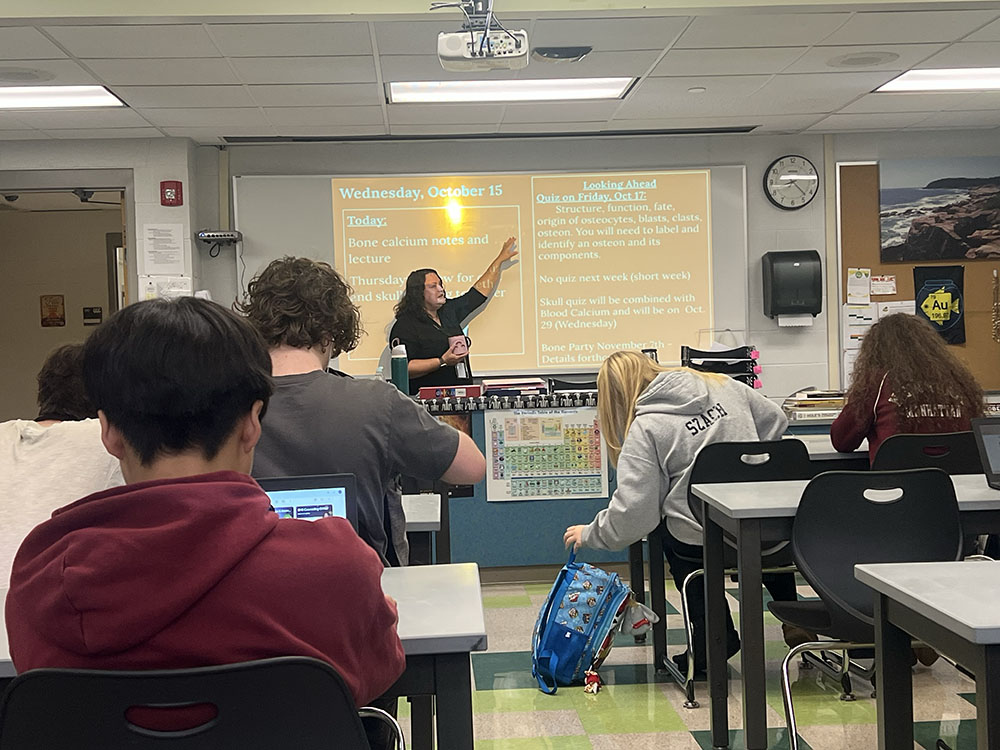
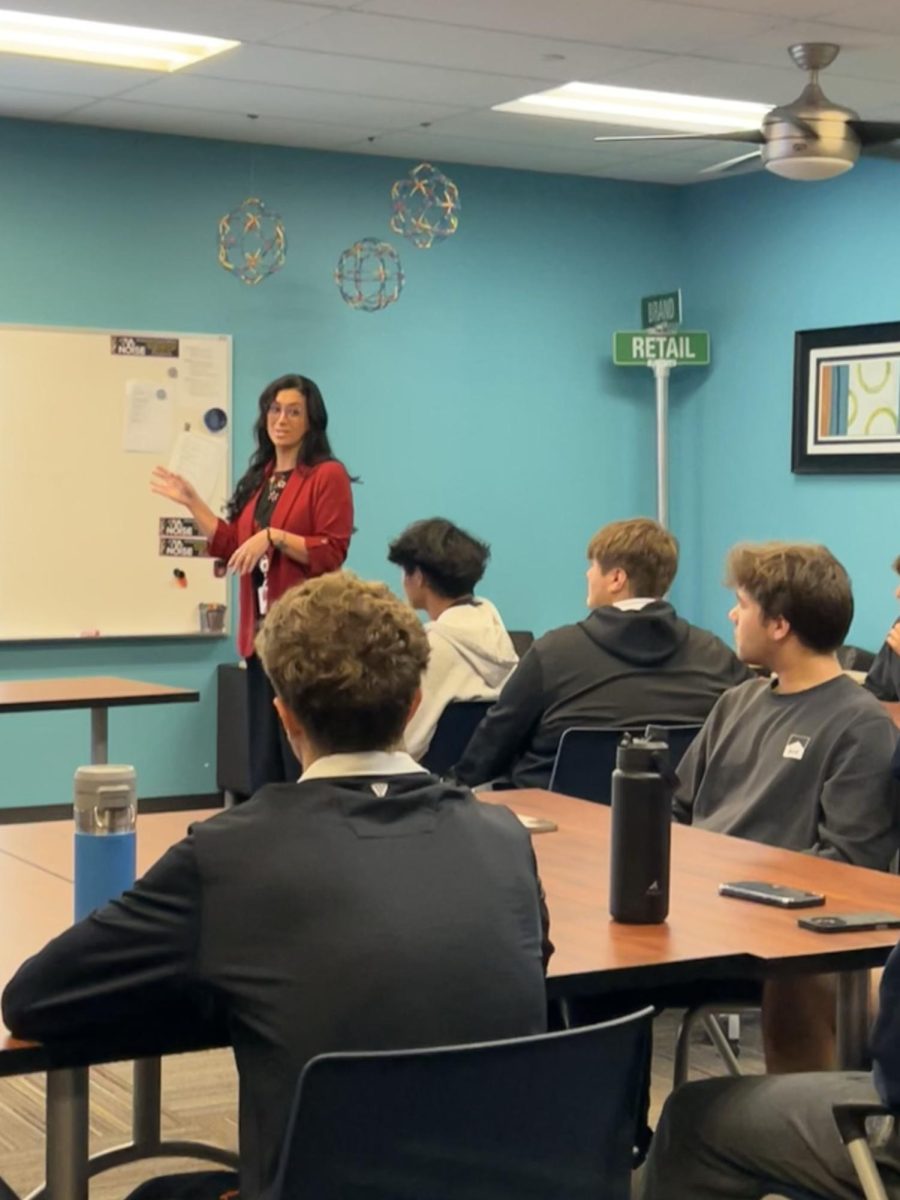

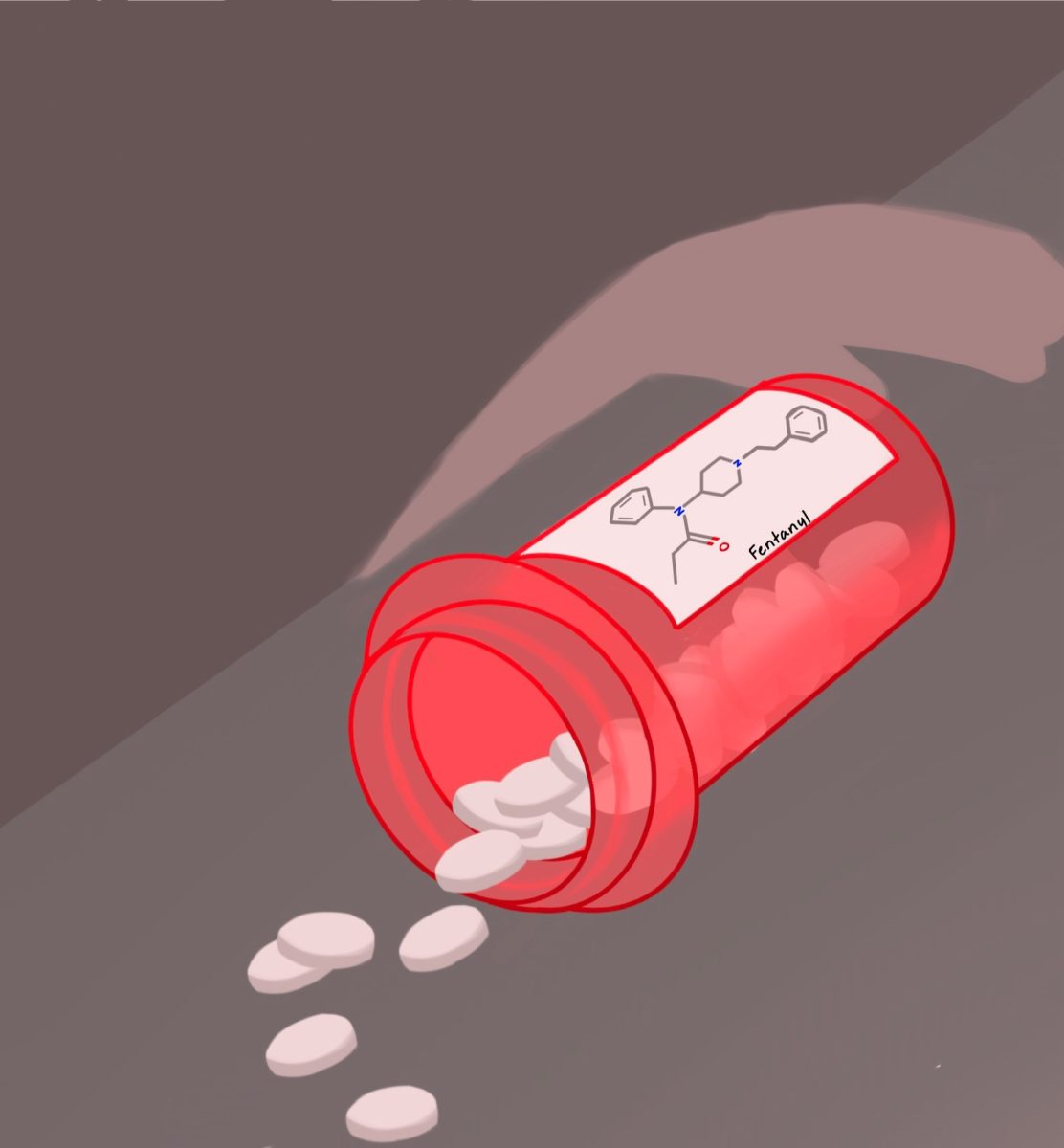



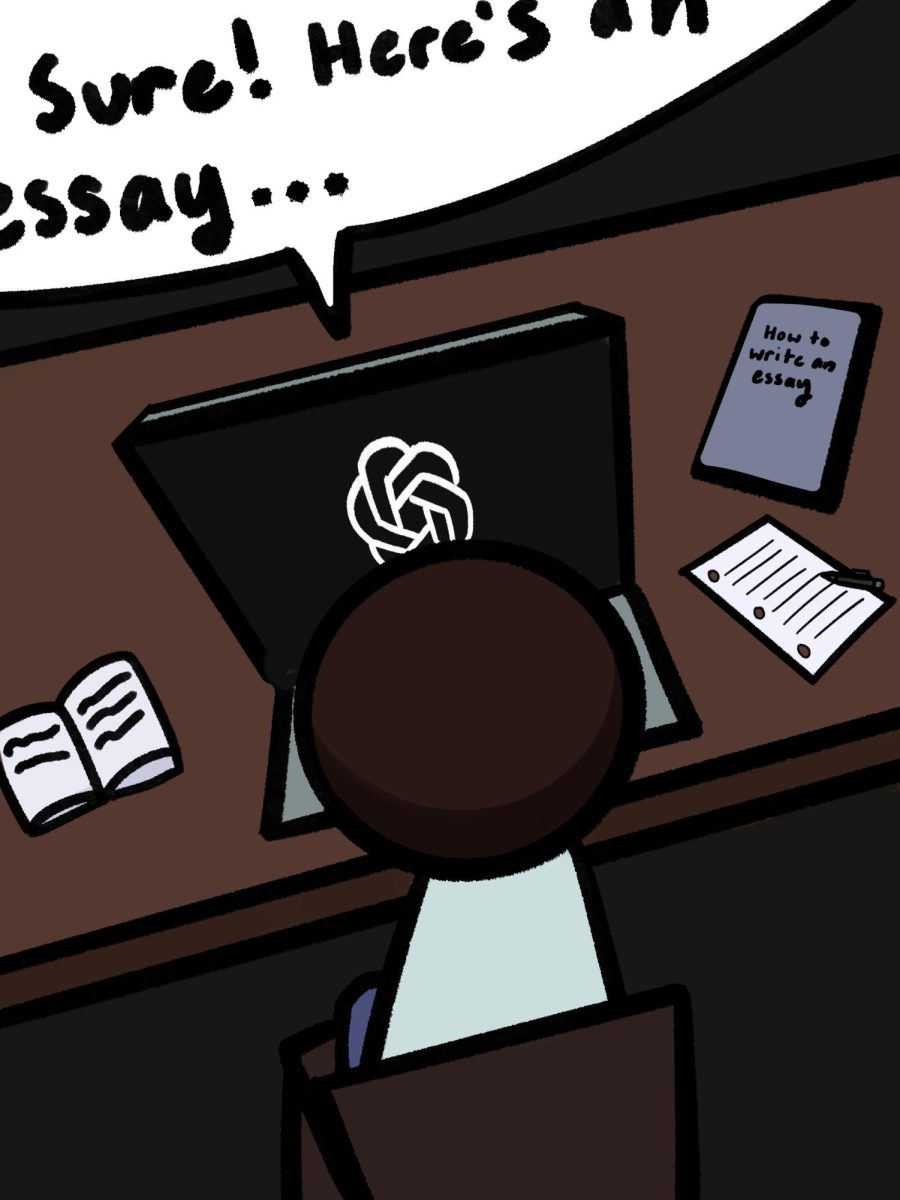


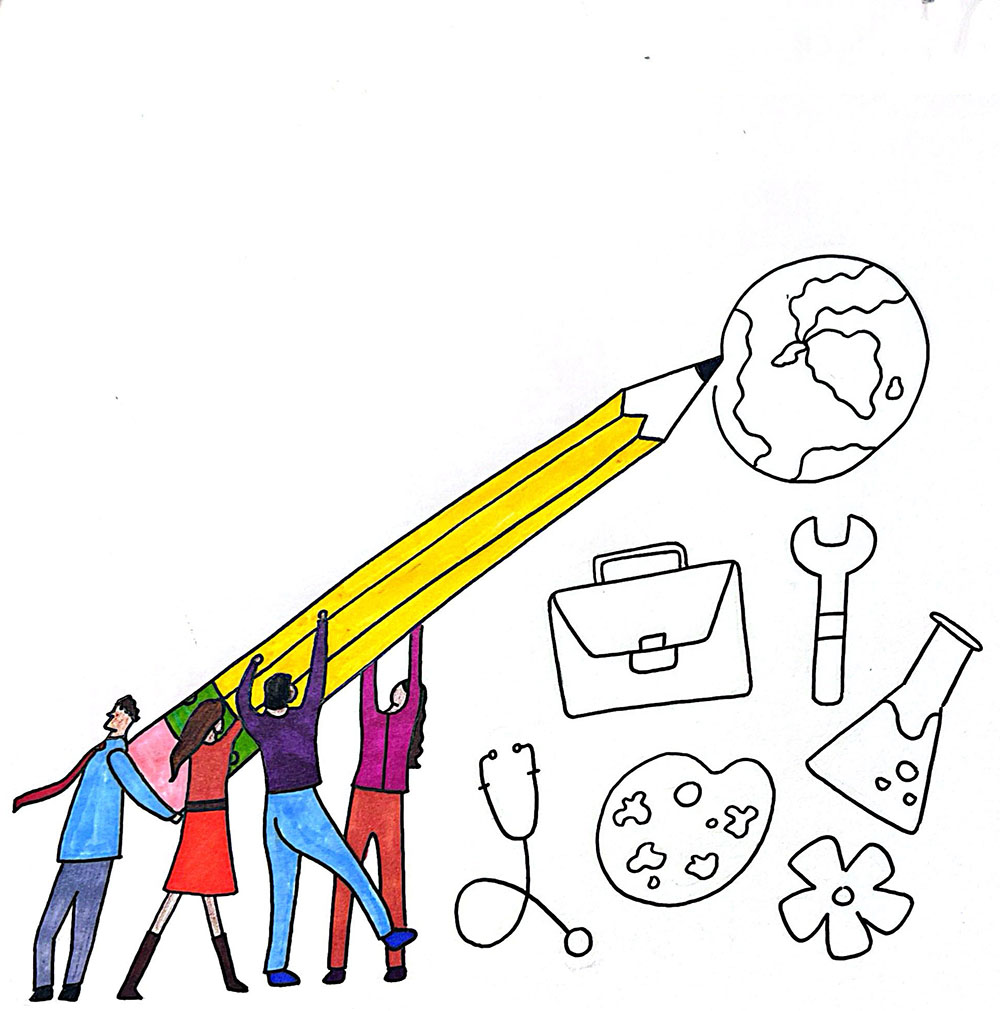
![“My parents have always said that education is important. My parents are Chinese immigrants, I'm Chinese American, [and that's a] value that has always been ingrained in our community,” said Senior Lyndia Zheng, pictured with Tony Zheng](https://bcomber.org/wp-content/uploads/2025/10/DSC_4244.jpg)